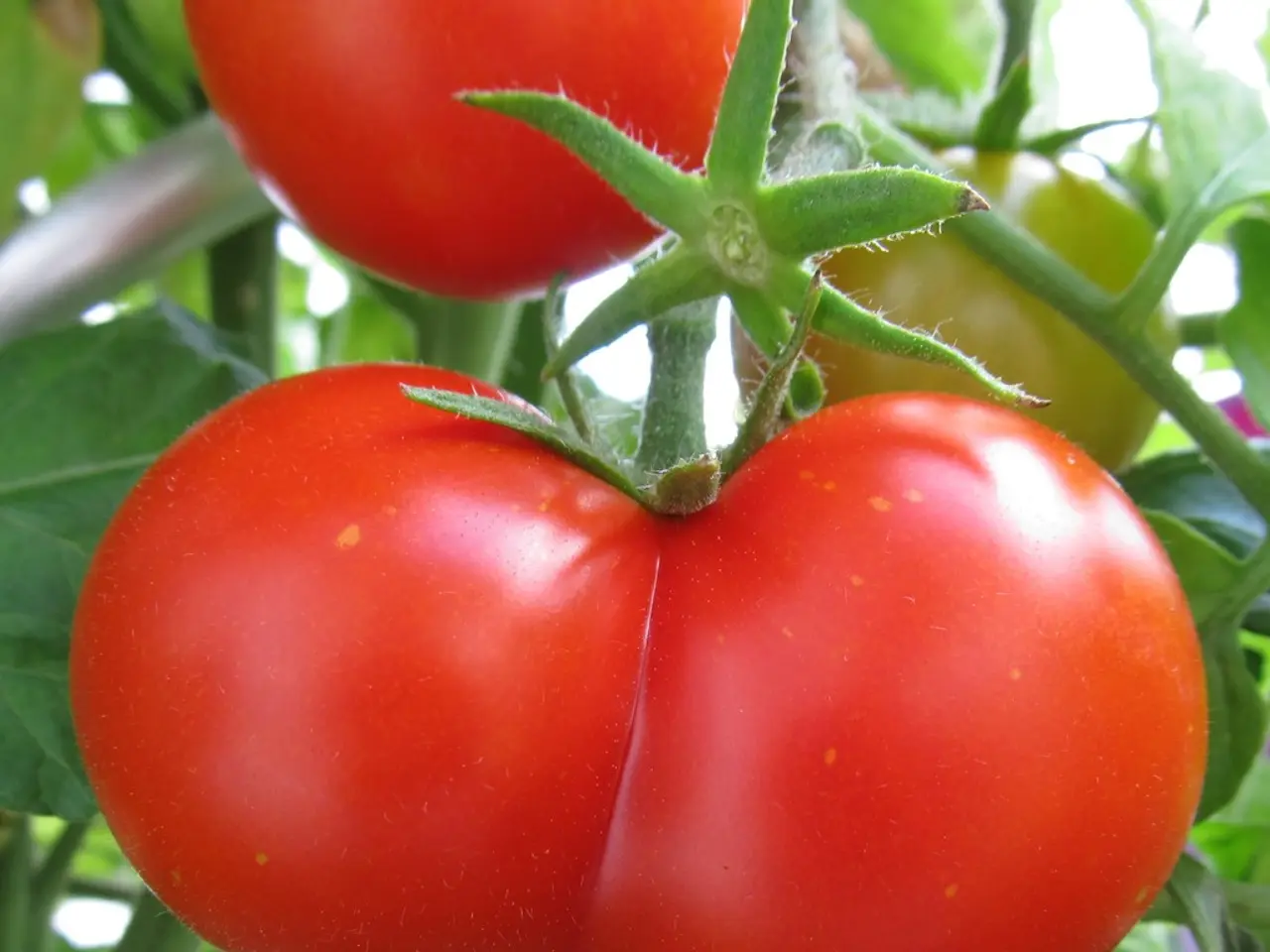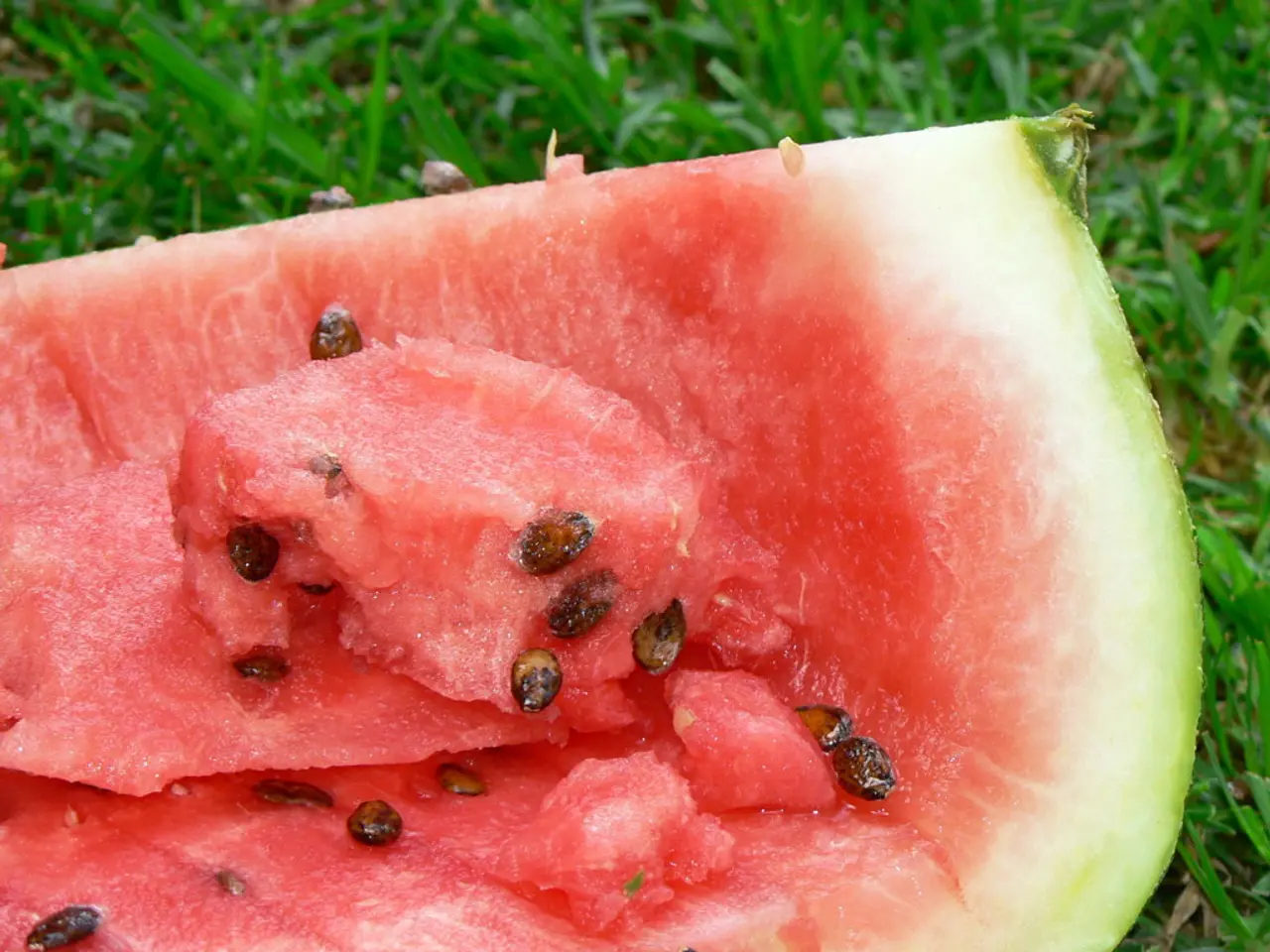Scratching a non-stick pan discharges approximately 9000 microscopic plastic fragments, whereas a damaged coating releases more than 2 million toxic particles.
Heads Up: Hidden Dangers in Your Kitchen?
Have you ever worried about the safety of your nonstick pans? Well, buckle up because a shocking new study reveals that a teeny-tiny scratch on your pan can unleash an astounding 9,000 microplastic particles filled with toxic "forever chemicals" into your food! And if your coating is broken, wait for it... the number skyrockets to an alarming 2 million particles!
Let's dive a bit deeper. What are these forever chemicals exactly? They are known as per- and polyfluoroalkyl substances (PFAS), a group of not-so-friendly chemicals widely used since the 1940s for their heat-, water-, and stain-resistant properties. Sadly, they ain't just hanging out in your cookware; you can find them in your food packaging, clothing, carpets, and even baby products.
The real kicker? PFAS are named forever chemicals because they can't break down in the environment or human body. And now, research from Australia reveals that when Teflon-coated cookware gets scratched or damaged, it leads to a massive contamination of PFAS, potentially putting your health at risk.
Got millions of kitchens worldwide stocked with these nonstick pans? Then you're asking yourself, wait a minute, aren't my everyday cooking habits exposing me to hidden dangers?
What Exactly Are PFAS?
These pesky pesky chemicals have earned the nickname "forever chemicals" due to their almost indestructible nature. They have been around since the ‘40s, finding their way into numerous consumer products thanks to their desirable traits like heat-, water-, and stain-resistance.
The Environmental Protection Agency (EPA) has identified thousands of different PFAS, but even the ones that are being phased out are still quite common.
The Health Risks of PFAS Exposure
According to research, PFAS exposure can lead to some serious health conditions, including cancer, infertility, hormonal disruptions, immune system suppression, developmental issues in children, liver and kidney damage, and reduced effectiveness of vaccines and immune system function.
The scariest part? These chemicals have been detected in the bloodstreams of 99% of Americans!
PFAS Contamination: A Widespread Problem
Though nonstick pans have recently grabbed the spotlight for their PFAS contamination, these chemicals are far from kitchen-bound. Fast-food packaging, stain-resistant fabrics, waterproof clothing, cosmetics, and personal care products are all PFAS hotspots.
Regulatory Failures: Why PFAS Are Still Around
Despite the mounting evidence of PFAS health risks, federal regulations remain weak. In the U.S, there's no nationwide ban on PFAS in cookware or consumer products, the FDA allows limited use in food packaging, and the EPA only recently proposed guidelines for drinking water. Until strict federal oversight kicks in, millions of consumers continue to unknowingly use products containing these harmful chemicals every day.
Safer Alternatives to Nonstick Pans
Given the risks, experts strongly recommend ditching scratched or damaged nonstick cookware. Seeking safer alternatives can help reduce your exposure to these forever chemicals:
- Switch to stainless steel or cast iron: Both materials offer durable, non-toxic options.
- Use ceramic or glass bakeware: These happy alternatives don't release harmful chemicals.
- Avoid high heat on nonstick pans: Keep the temperature below 500°F to minimize toxic fume release.
- Look for PFAS-free labels: Some brands now offer nonstick cookware free of PFAS and similar chemicals.
- Filter your drinking water: High-quality activated carbon or reverse osmosis filters can help remove PFAS from tap water.
- Limit packaged and fast food consumption: Many food wrappers contain PFAS coatings that can transfer to food.
The Future of PFAS-Free Living
As consumer awareness grows, pressure is mounting on manufacturers to phase out harmful PFAS chemicals. Some companies are already responding by introducing safer, non-toxic alternatives to traditional nonstick coatings.
Final Thoughts
The dangers of nonstick cookware are no longer a secret. Personal choices matter now more than ever. By switching to safer cookware options, filtering drinking water, and advocating for stricter industry regulations, we can reduce our exposure to PFAS and push for a healthier future.
What changes will you make in your kitchen today?
References:
- The Guardian
- Environmental Protection Agency (EPA)
- Agency for Toxic Substances and Disease Registry (ATSDR)
- Center for Environmental Health (CEH)
- Minnesota Department of Health
- Consumer Reports
- The nickname "forever chemicals" signifies the almost indestructible nature of PFAS, which have been used since the 1940s for their desirable traits.
- PFAS have been found in numerous consumer products like food packaging, clothing, carpets, and baby products.
- According to research, exposure to PFAS can lead to cancer, infertility, hormonal disruptions, immune system suppression, developmental issues in children, liver and kidney damage, and reduced effectiveness of vaccines and immune system function.
- These chemicals have been detected in the bloodstreams of 99% of Americans.
- Nonstick pans are in millions of kitchens worldwide, and their PFAS contamination has recently become a focus of concern.
- When Teflon-coated cookware gets scratched or damaged, it leads to a massive contamination of PFAS, potentially putting your health at risk.
- The Environmental Protection Agency (EPA) has identified thousands of different PFAS, but even the ones that are being phased out are still quite common.
- Federal regulations remain weak, with no nationwide ban on PFAS in cookware or consumer products.
- The FDA allows limited use of PFAS in food packaging, and the EPA only recently proposed guidelines for drinking water.
- Until strict federal oversight kicks in, millions of consumers continue to unknowingly use products containing these harmful chemicals every day.
- Experts recommend ditching scratched or damaged nonstick cookware and switching to safer alternatives like stainless steel or cast iron.
- Ceramic or glass bakeware is another safe alternative since they don't release harmful chemicals.
- Avoiding high heat on nonstick pans can help minimize toxic fume release.
- Look for PFAS-free labels on nonstick cookware to ensure a safer option.
- Filtering drinking water using high-quality activated carbon or reverse osmosis filters can help remove PFAS from tap water.
- With growing consumer awareness, pressure is mounting on manufacturers to phase out harmful PFAS chemicals.
- Some companies are already introducing safer, non-toxic alternatives to traditional nonstick coatings in their products.
- By switching to safer cookware options, filtering drinking water, and advocating for stricter industry regulations, we can reduce our exposure to PFAS.
- Consumer Reports and Minnesota Department of Health are valuable resources for understanding more about PFAS and their sources.
- Cutting back on packaged and fast food consumption can also help reduce PFAS exposure as many food wrappers contain these chemicals.
- Exposure to PFAS is not limited to the kitchen; they can also be found in medical-conditions like respiratory and digestive health, eye-health, hearing, and skin-conditions.
- Regularly consulting nutrition specialists and following a healthy-cooking lifestyle can help manage these chronic-diseases and maintain cardiovascular-health.
- Choosing organic alternatives for skin-care products can reduce exposure to harmful chemicals, including PFAS.
- Therapies-and-treatments like mindfulness, meditation, and yoga can help manage stress and boost overall health-and-wellness.
- Consistent fitness-and-exercise routines can help strengthen the immune system and reduce the risk of autoimmune-disorders.
- Sinking more money into wealth-management and financial planning can ensure financial security and peace-of-mind.
- Investing in interior-design projects can improve the aesthetic appeal of home-and-garden, enhancing both living experience and home-improvement value.
- Sticking to a smart budgeting strategy, saving, and managing debt-management will ultimately lead to better financial health and a more sustainable living lifestyle.







